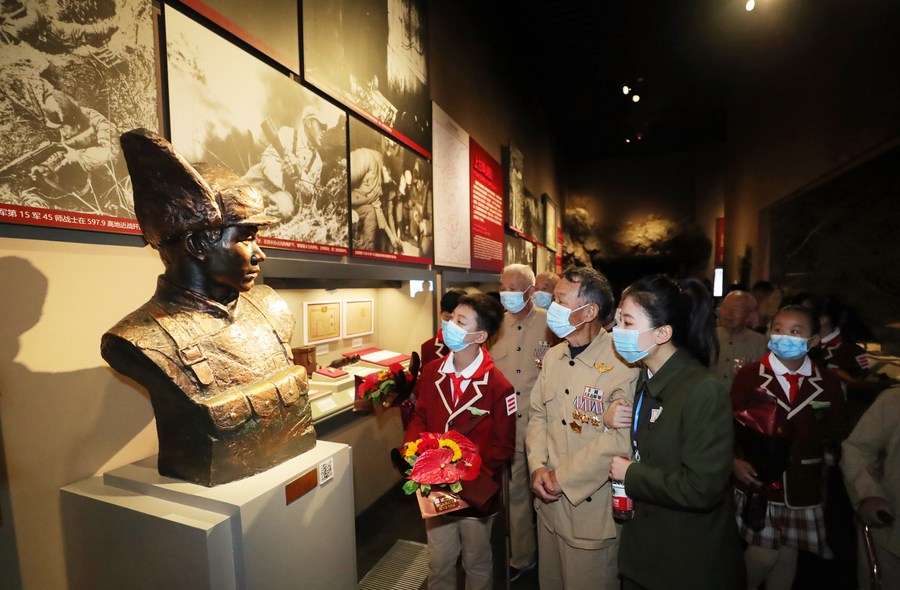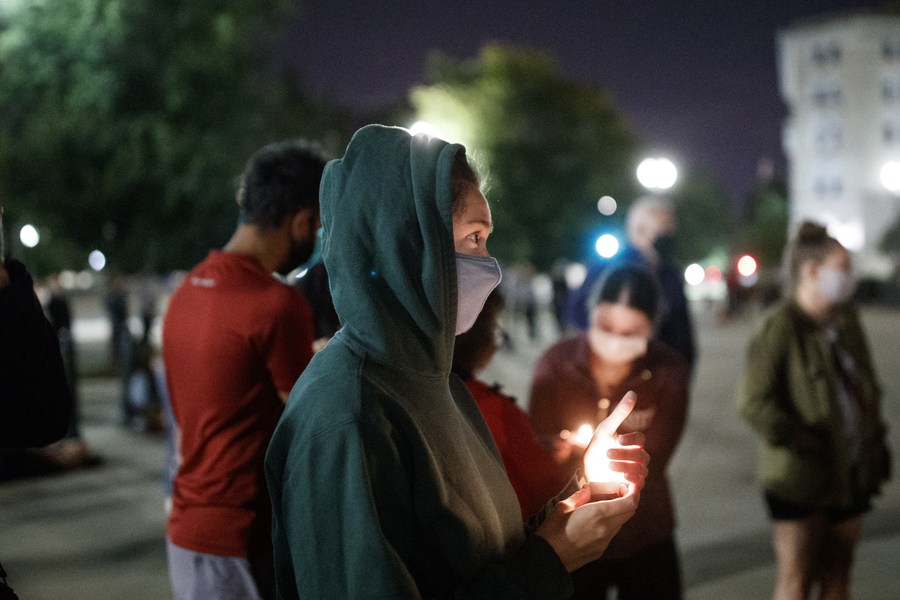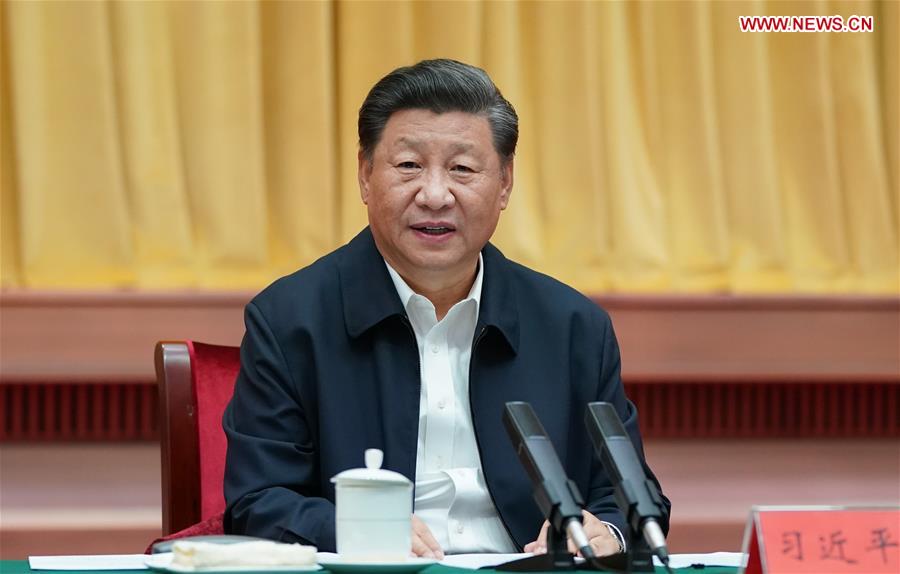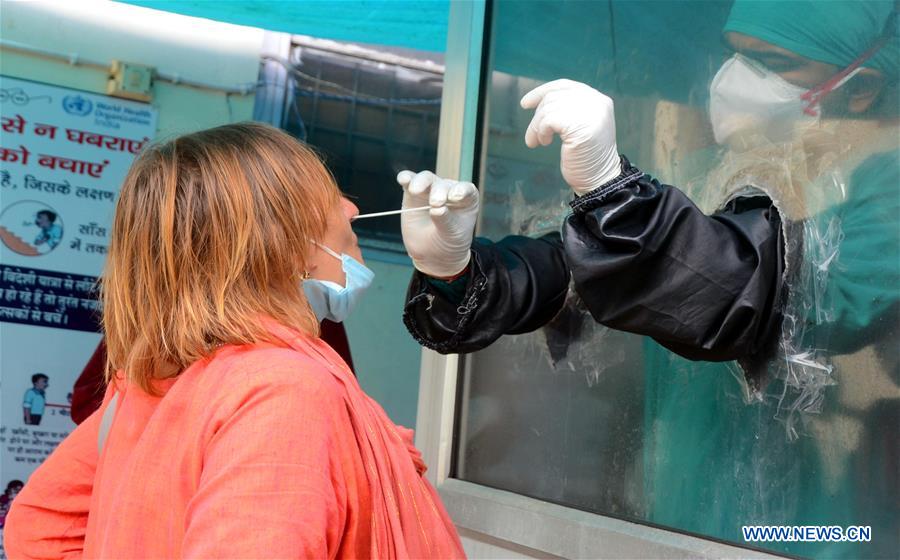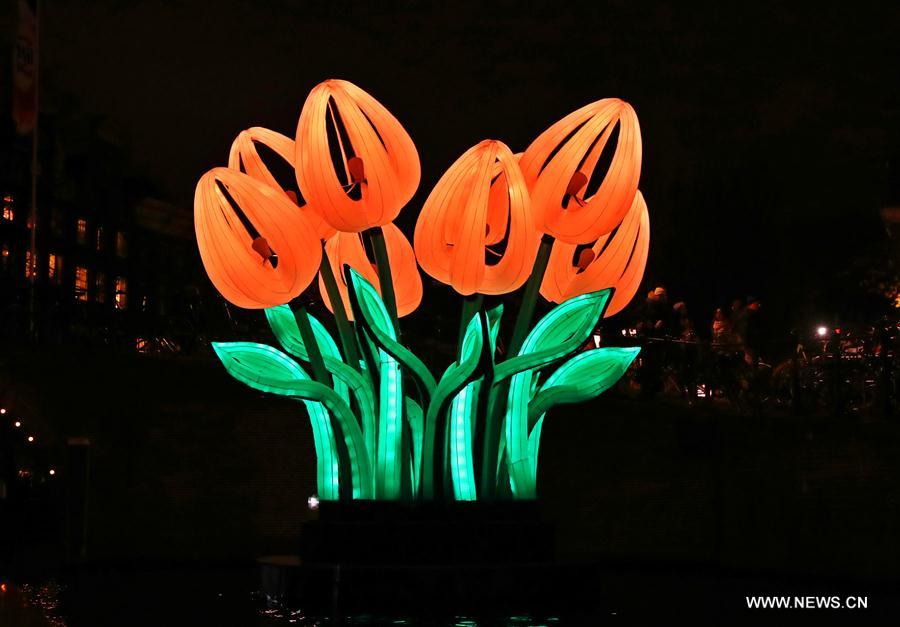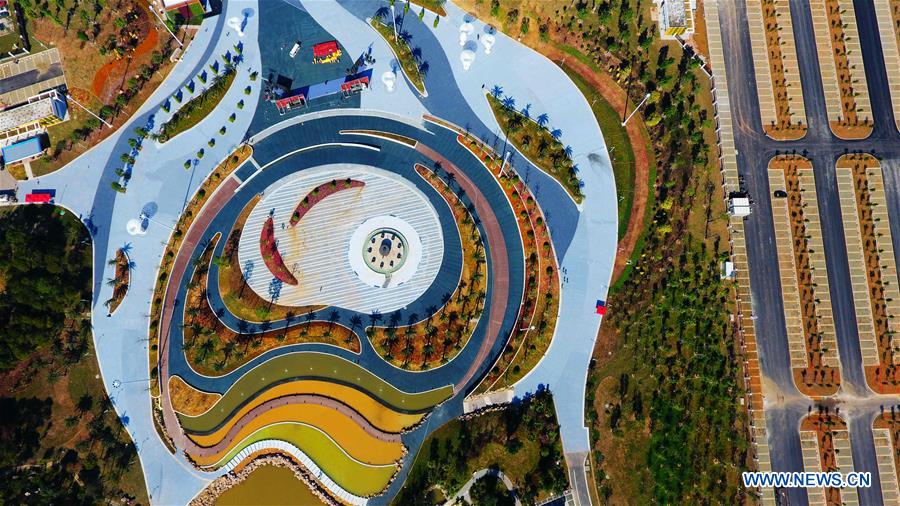-- A memorial hall commemorating the War to Resist U.S. Aggression and Aid Korea (1950-1953) reopened on Saturday in northeast China's Liaoning Province.
-- The renovated and expanded Memorial Hall of the War to Resist U.S. Aggression and Aid Korea in the border city of Dandong is the only museum in China featuring an exhibition of the complete history of the participation of the Chinese People's Volunteers (CPV) in the war.
-- To mark the 70th anniversary of their participation in the war, China will bestow memorial medals upon CPV veterans this year.
SHENYANG, Sept. 19 -- A memorial hall commemorating the War to Resist U.S. Aggression and Aid Korea (1950-1953) reopened on Saturday in northeast China's Liaoning Province.
The renovated and expanded Memorial Hall of the War to Resist U.S. Aggression and Aid Korea in the border city of Dandong is the only museum in China featuring an exhibition of the complete history of the participation of the Chinese People's Volunteers (CPV) in the war.
Covering a total area of 182,000 square meters, it consists of an exhibition hall, a memorial tower, a national defense education park, and a panorama hall featuring a panoramic painting of 132.15 meters long and 16 meters tall, which depicts the famous battle of the Chongchon River in the war.
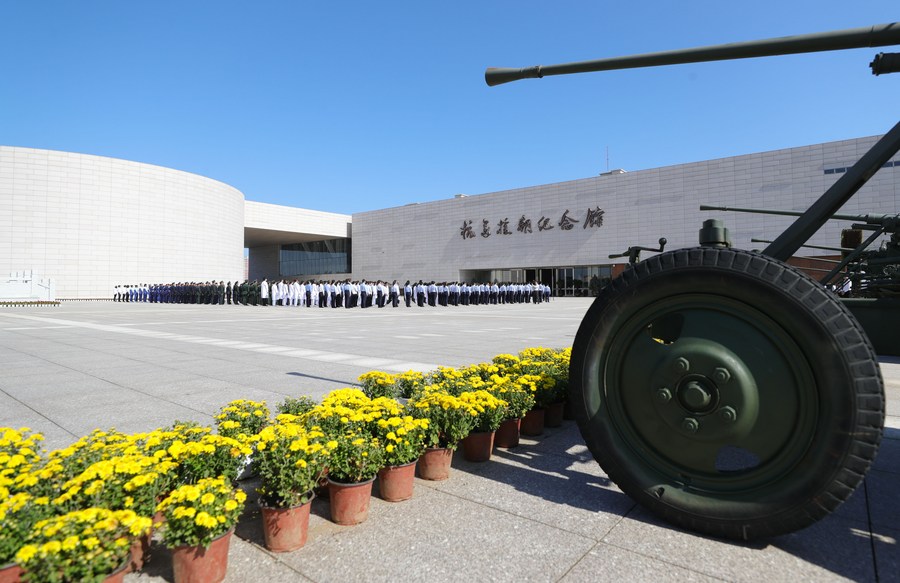
Photo taken on Sept. 19, 2020 shows a view of the Memorial Hall of the War to Resist U.S. Aggression and Aid Korea in Dandong, northeast China's Liaoning Province. (Xinhua/Yang Qing)
The floor area of the exhibition hall has been expanded from the original 5,400 square meters to 23,845 square meters. During the refurbishment, the staff of the memorial hall solicited exhibition items from around the world, enriching the displayed items from just over 700 to more than 1,600 now, said Gong Shaoshan, deputy curator of the memorial hall.
First established in 1958 and moved to the current site in 1993, the memorial hall closed in late 2014 and has undergone massive refurbishment and expansion since then. Before it was closed, the new site had received 12 million visits.
An American-style rifle that CPV commander-in-chief Peng Dehuai carried back from the battlefield, letters from CPV soldiers, and a uniform of the then U.S. army are among the displayed items donated by veterans or their relatives, said Gong.
In the exhibition hall, the CPV's unfavorable infantry equipment, uniforms, and food, mainly parched flour, are displayed. A chart listing the number of heavy weapons of the two sides has drawn many visitors. Compared with their foes, the CPV's disadvantage in weaponry was astounding.
According to the chart, at the beginning of the war, a division of the U.S.-led army with some 17,000 to 25,000 soldiers was equipped with 149 tanks, 35 armored vehicles, and 72 howitzers, while an infantry army of the CPV with 50,000 soldiers had zero tanks, zero armored vehicles, and zero howitzers.
"Despite the backward weapons, we made an ultimate victory, because we were not afraid of shedding blood or dying while bearing in mind the fighting spirit of defending our motherland," said Guo Guolian, 87, a CPV veteran who visited the memorial hall on Saturday morning.

